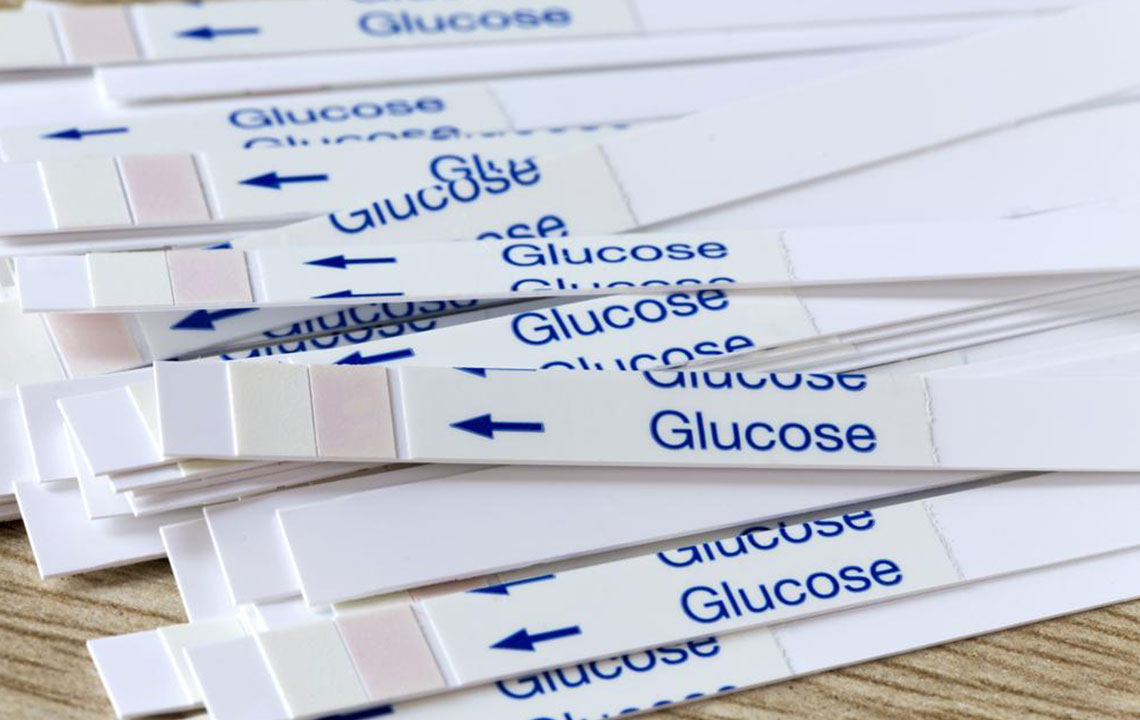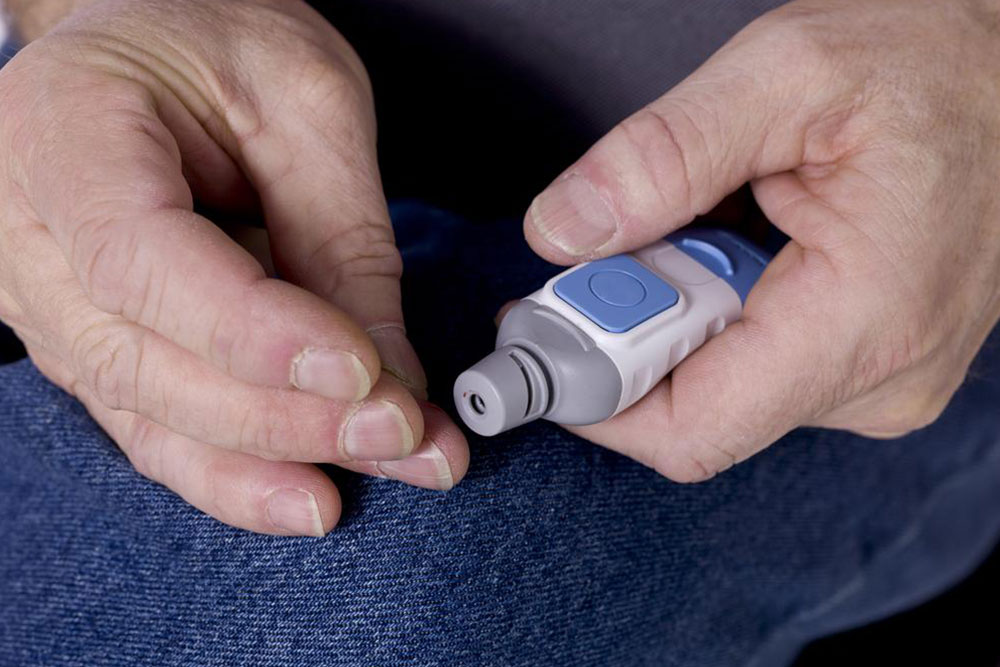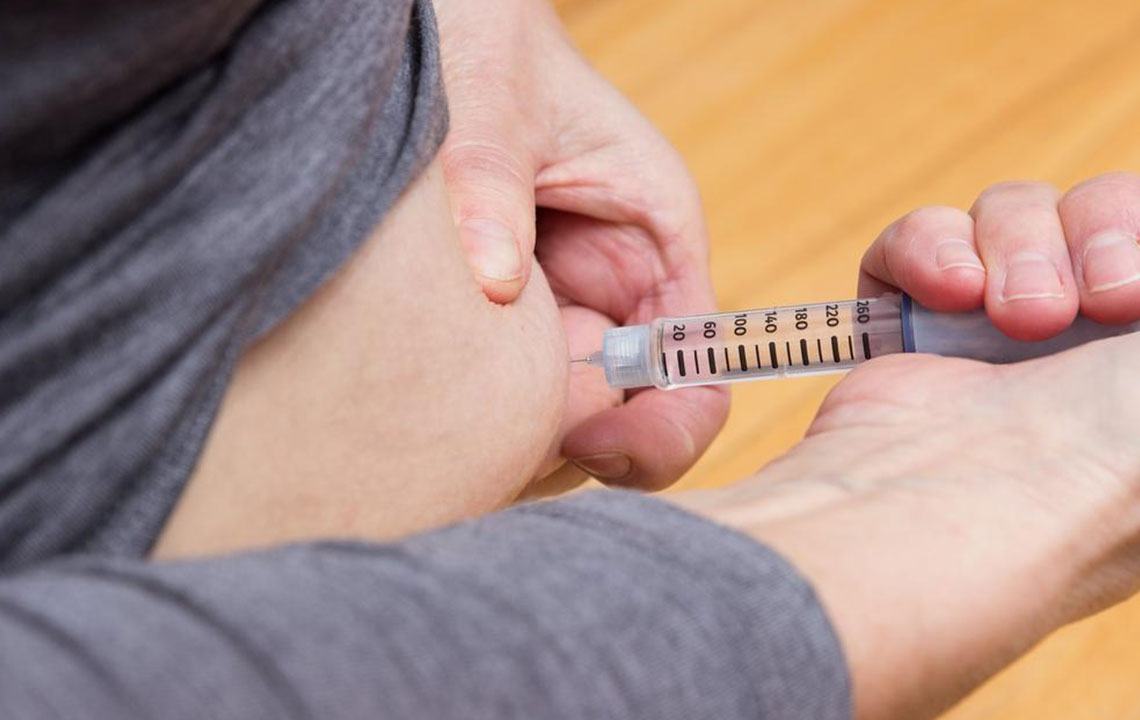Comprehensive Guide to Blood Sugar Monitoring and Diabetes Management Strategies
This comprehensive guide provides detailed insights into blood sugar testing techniques, understanding diabetes types, and effective management strategies. It emphasizes the importance of routine monitoring in preventing severe complications, covering preparation, procedures, and interpreting results for better health outcomes.

Comprehensive Guide to Blood Sugar Monitoring and Effective Diabetes Management
Blood sugar testing is a vital process that measures the concentration of glucose, a key energy source, in your bloodstream. Glucose primarily enters your body through consumption of carbohydrates found in various foods, and it fuels your body's functions. Insulin, a hormone produced in the pancreas, plays a crucial role in managing blood glucose levels by facilitating its entry into cells for energy or storage. An imbalance, especially inadequate insulin production or effectiveness, can lead to elevated blood sugar levels, a condition known as hyperglycemia, which over time may result in serious health complications such as diabetic nephropathy, neuropathy, and cardiovascular issues if not properly managed.
Monitoring blood glucose levels through routine tests is fundamental in diagnosing, managing, and preventing various types of diabetes. These tests not only help in confirming the diagnosis but also assist in tailoring treatment plans for individuals with type 1, type 2, or gestational diabetes. Additionally, blood sugar testing is essential for detecting hypoglycemia, a dangerous condition characterized by abnormally low blood glucose levels, which can lead to symptoms like dizziness, confusion, and even loss of consciousness.
Diabetes diagnosis fundamentally relies on blood sugar testing, with the condition arising when blood glucose surpasses normal limits. There are several core types of diabetes, each with distinct causes and treatment protocols:
Type 1 Diabetes: An autoimmune condition often developing during childhood or adolescence, where the body's immune system attacks insulin-producing beta cells in the pancreas. As a result, individuals with type 1 diabetes require lifelong insulin therapy. Managing this form involves regular blood sugar monitoring, insulin injections, and lifestyle adjustments to maintain optimal glucose levels and prevent complications.
Type 2 Diabetes: The more prevalent form, commonly affecting adults and individuals with excess weight or sedentary lifestyles. It results from insulin resistance combined with a relative insulin deficiency. Preventive measures like adopting a healthy diet, engaging in physical activity, and weight management can significantly reduce the risk or delay the onset. Treatment often includes oral medications, lifestyle modifications, and sometimes insulin therapy.
Gestational Diabetes: A temporary form occurring during pregnancy, influenced by hormonal changes that affect insulin effectiveness. Proper management ensures both maternal and fetal health, involving dietary guidance, physical activity, and sometimes insulin administration. Usually, gestational diabetes resolves postpartum, but women with this condition have an increased risk of developing type 2 diabetes later in life.
Several factors can lead to abnormal blood sugar levels. Elevated blood glucose (hyperglycemia) may result from infections such as urinary tract infections, pancreatic issues like pancreatitis, hormonal imbalances involving cortisol or adrenaline, significant stress, or surgeries that trigger physiological stress responses. On the other hand, hypoglycemia, or low blood sugar, can arise due to inadequate food intake, liver diseases impairing glucose release, thyroid dysfunction, or pancreatic tumors affecting insulin secretion.
Preparation for blood sugar testing varies based on the type of test being performed. Fasting blood glucose tests, typically conducted in the morning after an overnight fast of 8-12 hours, provide the most accurate assessment of basal glucose levels by eliminating recent dietary influence. Non-fasting or random tests can be performed at any time, offering quick insights into current glucose status, which is particularly useful in emergency assessments. The oral glucose tolerance test (OGTT) involves measuring blood glucose levels before and after consuming a standardized glucose solution, making it especially valuable during pregnancy to diagnose gestational diabetes. Hemoglobin A1c testing measures the average blood glucose over the past two to three months, providing a long-term picture of glucose control and helping in adjusting treatment plans.
Patients should always inform their healthcare provider of their current medications, as certain drugs such as corticosteroids, contraceptive pills, and some antidepressants can influence blood glucose levels. Depending on the medication, doctors may advise temporarily stopping or adjusting treatment before testing to ensure accurate results. Additionally, stress from illness, surgery, or psychological factors can transiently raise blood sugar levels, underscoring the importance of a comprehensive health assessment during testing.
During blood sugar testing, a small sample of blood is typically obtained via a finger prick using a lancet, after cleaning the skin to prevent infection, or through a venous blood draw in a clinical setting. A tourniquet may be applied in venipuncture to enlarge veins, facilitating blood collection. After obtaining the sample, pressure is applied to the puncture site to prevent bleeding, and the sample is transported to a laboratory or analyzed immediately using a glucometer device. The results of these tests inform healthcare providers about whether blood glucose levels fall within healthy ranges and guide subsequent treatment or lifestyle recommendations.
Normal fasting blood glucose levels generally range from 70 to 99 mg/dL. For non-fasting, or random, tests, levels below 125 mg/dL are generally considered normal. Blood sugar levels above these thresholds may indicate pre-diabetes or diabetes. Specific diagnostic criteria include:
Fasting blood sugar between 100 and 125 mg/dL suggests impaired fasting glucose, often termed pre-diabetes.
Fasting levels of 126 mg/dL or higher confirm a diagnosis of diabetes.
Random blood glucose levels from 140 to 199 mg/dL indicate pre-diabetic or borderline conditions.
Levels exceeding 200 mg/dL are typically diagnostic of diabetes.
These thresholds assist in early detection and ongoing management to prevent long-term complications associated with uncontrolled blood sugar, such as heart disease, kidney failure, and nerve damage.




